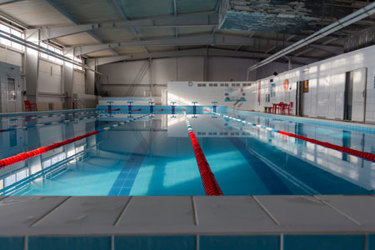Which Is The Better Choice For pH Adjustment In Aquatics Facilities, Liquid Acid Or CO2?

Balancing pH in commercial swimming pools is key to ensuring swimmer comfort and mitigating cloudy water and scale formation, and in protecting pumps and other equipment from corrosion. More importantly, proper pH is critical to maximizing chlorine efficiency. When the pH level drops too low (acidic), chlorine becomes more active and can dissipate quickly. If the pH is too high (alkaline), chlorine becomes less effective, allowing bacteria, algae, and other pathogens to thrive.
For years, commercial aquatics systems have relied on liquid acids to adjust pH, particularly muriatic acid, also known as hydrochloric acid. Liquid acids are highly effective pH adjusters and, when paired with the right chemical feed pumps can aid in ensuring pH stability.
More recently, an increasing number of aquatics systems managers are turning to carbon dioxide (CO2) dosing for pH control. CO2 has a number of benefits that make it an appealing alternative – or, in some cases, an addition for pH balancing.
Get unlimited access to:
Enter your credentials below to log in. Not yet a member of Water Online? Subscribe today.
